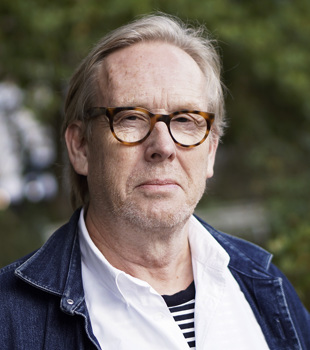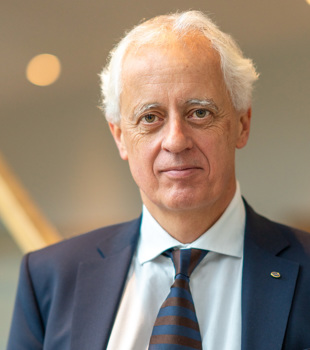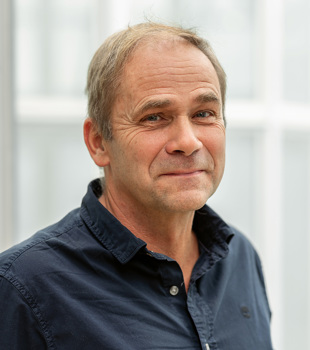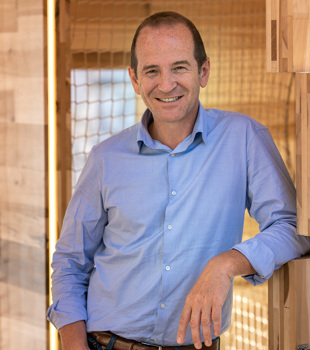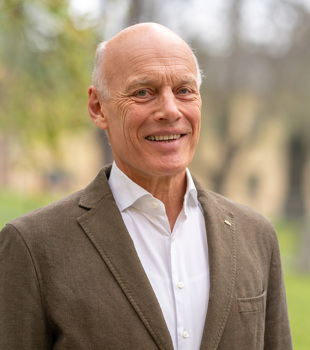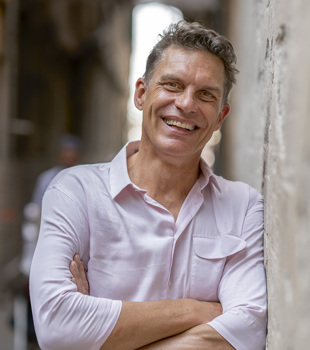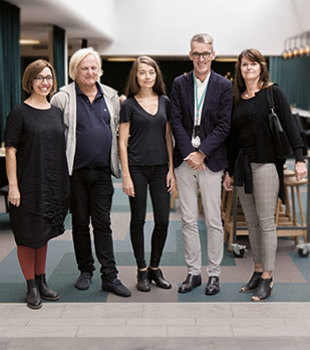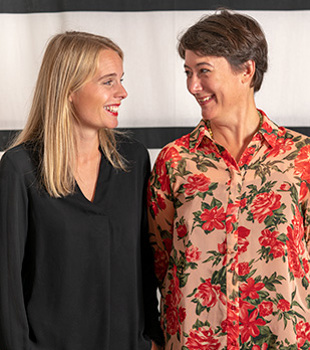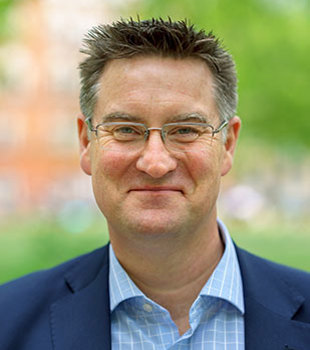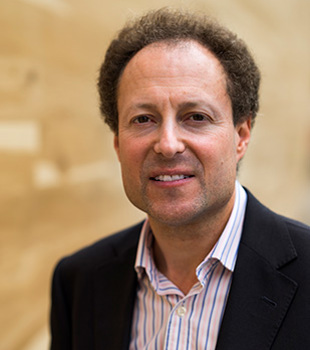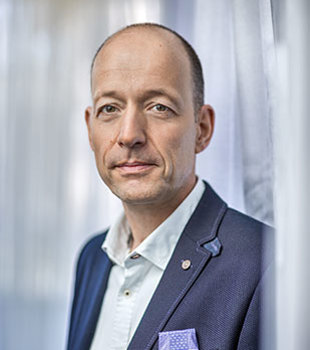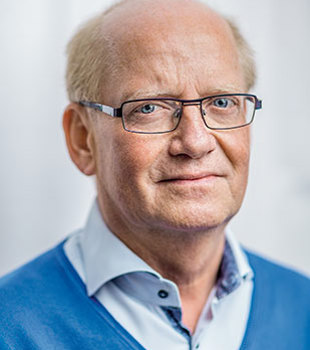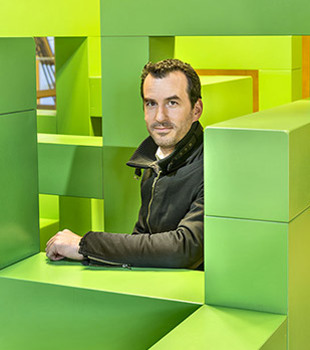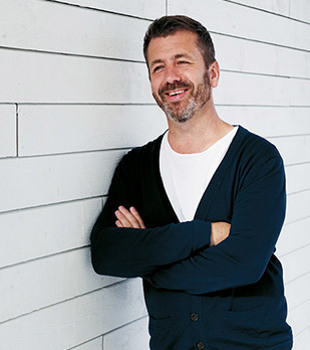What is Architect's Declare?
“I would describe it as a global petition urging the construction industry to really mobilize to address the true nature of the environmental crises that we face. It's intended to also draw together our efforts so that we can act to some extent collectively to bring about the kind of paradigm shifts that we need to. Which sometimes or in some cases are beyond what is possible within the constraints of an individual practice or an individual project.”
How did it start?
“The idea we came up with was to get together as many of the UK Stirling prize winners as possible and make some kind of joint declaration – it became clear that the thing to do was to call it a declaration of climate and biodiversity emergency. As it turned out that there were 200 UK firms signing up in the first two days. Worldwide, we've got 14 countries signed up and there are three that are just about to.”
Does it cross over into other sectors?
“It varies according to the countries. In the UK, we have structural engineers, civil engineers, environmental engineers. Separately to our initiative there was also a group of about 25 of the largest property developers who signed up to a declaration called Developers Declare.”
You had your first meeting in November, what was the outcome of that meeting?
“We started working on the declaration points and how we can raise our ambitions and share knowledge. We know that we still have more work to do, we are developing our theory of change. The meeting made sure that we bring the signatories with us together.
“One of the keynote speakers we invited is Kate Raworth and she talked a lot about regenerative design and that was deliberate because that's been an important subject for us. We think it's essential that the industry moves on from a paradigm of sustainable design to one of regenerative design.”
“To design a regenerative city, what the consultancy group Biomimicry 3.8. argue is that you should start by looking at how a pristine ecosystem in that part of the world functions. And you should establish metrics for how much water it filters, how much oxygen it produces, how much carbon it sequesters, how much food it produces, how much biodiversity it accommodates, et cetera, et cetera. And then those metrics should become the target for your new bit of city.”
You have spoken about levers of change, could you elaborate?
“That tends to be the way that change often occurs. You see very small-scale changes over a long period of time, then all of a sudden it reaches a tipping point and shifts to a completely new way of doing things.”
What are the next steps?
“We're pushing ahead as much as we can. And we're also coordinating our efforts, not just with other groups within the construction industry but also with other emergency declaration groups. A major milestone for us that's coming up is the COP26 climate change talks in Glasgow. The world really has to achieve something major this year.”
How will you work with information sharing?
“It's likely that we will use the websites as one of the main ways of sharing knowledge, but also by continuing to expand the network.”
What about working with researchers at universities?
“We haven't focused much of our effort specifically on that yet. However, many of the larger companies have well-established links with academia.”
Talking with Architect Sweden’s acting president Elisabet Elfström we asked: What is Architects Sweden’s involvement in the declaration?
“We are responsible for administration and communication. We’re also developing strategies to support the architects to act even smarter with regards to the climate.”
What is the plan ahead?
“We are working for new legislature around climate declarations and life cycle analysis (LCAs) for buildings. That will make it easier for our members, the architects, to drive the change to a more sustainable built environment. The competence working with LCAs must increase in the whole construction sector. Architects have a very important role in this. Current certifications and the new Swedish climate declarations that will be in effect in 2022 are necessary but not enough if we are to reach the national targets.”
“In the end the client decides what is actually built. We need political support. It’s climate smart to build well-working environments that last – cities, buildings and the places around them. At the moment we focus on reducing the environmental impact under the construction phase – in processes, transportation and materials.”
Have your office signed? Find out and read the declaration at architectsdeclare.com.
text David Valldeby

